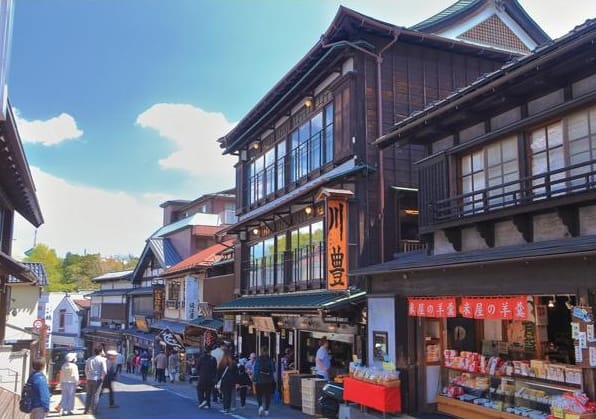Where can we watch koi fishes in Tokyo?
Discover where to watch colorful koi fish in Tokyo, including free spots like Asakusa Shrine and peaceful gardens with small entry fees.

If you’re in Tokyo and want to see koi fish, I’d say the best spot is Asakusa Shrine. It might sound surprising since it’s a shrine, but there’s a lovely pond there with colorful koi that locals often stop by to watch. Besides that, if you want a more traditional garden vibe, Tokyo has several beautiful Japanese gardens where koi swim peacefully in ponds. My favorites are Kiyosumi Shirakawa Garden, Rikugien, and Hamarikyu Gardens. These spots give you a chance to enjoy koi in a serene, green setting right in the middle of the city.
Is Asakusa Shrine easy to find and does it cost anything to visit?
Asakusa Shrine is right next to the famous Senso-ji Temple, so it’s pretty easy to find. You can take the Tokyo Metro Ginza Line or Toei Asakusa Line to Asakusa Station, and it’s just a short walk from there. Visiting the shrine and its koi pond is free, which is great if you want a quick, peaceful break from the hustle and bustle of Asakusa’s busy streets.
Are the koi ponds in the gardens also free to enter?
Not all, but some gardens charge a small admission fee. For example, Kiyosumi Shirakawa Garden costs ¥150 (about $1.10 USD), Rikugien is ¥300 (around $2.20 USD), and Hamarikyu Gardens is about ¥300 too. The fees are very reasonable and help maintain the gardens. These places are popular with locals who enjoy quiet strolls, and watching koi is just one part of the experience.
What time of year is best for seeing koi in Tokyo?
Koi are active in warmer months, so spring through early autumn (April to October) is ideal. In winter, koi tend to be less active as the water gets colder. I personally enjoy visiting gardens in late spring when the flowers and trees are blossoming and the koi are swimming lively. It’s a calming experience and a nice contrast to Tokyo’s urban energy.
Can tourists feed koi fish in these places?
Generally, feeding koi is discouraged or not allowed in the gardens and shrines to protect their health and keep the ponds clean. You’ll often see signs asking visitors not to feed the fish. But just watching them swim and interact is fascinating enough. In some touristy spots, you might find koi food for sale, but I recommend respecting local rules and enjoying the koi as they are.
How do Japanese people enjoy koi fish in daily life?
Koi are considered symbols of good luck and perseverance in Japan, so many people appreciate them quietly rather than making a fuss. Visiting a garden with koi is often part of a calm walk or a moment of reflection, especially for older generations. It’s not a flashy activity but rather something soothing and familiar. Personally, I find watching koi a nice way to slow down and connect with nature even in a big city like Tokyo.
If you want to experience koi fish the way many Tokyoites do, try visiting these gardens during a weekday morning when it’s less crowded. Bring a book or just sit by the pond and enjoy the peaceful scene. It’s a simple pleasure that often gets overlooked by tourists rushing from one famous landmark to another.



Comments ()